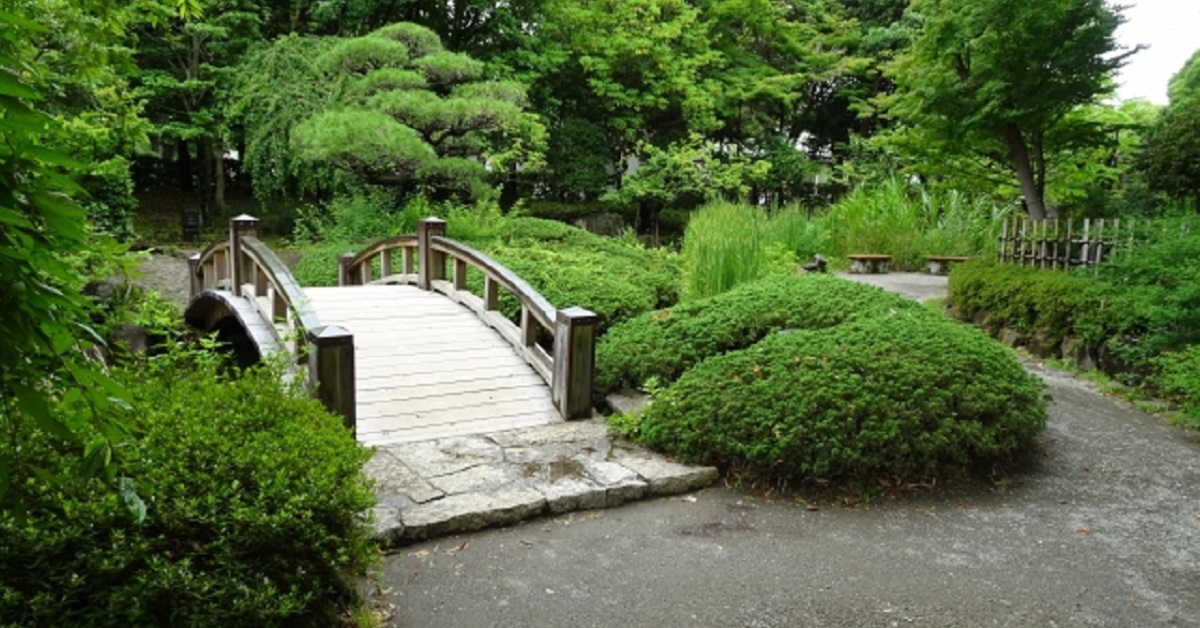Wabi-Sabi is the essence of Japanese aesthetics, a philosophy that celebrates the beauty of imperfection and impermanence. Instead of seeking perfection or luxury, it finds harmony in simplicity, silence, and natural irregularity—a reflection of how the Japanese have embraced life with grace for centuries.
The Meaning and Essence of Wabi-Sabi
Wabi-Sabi is the Japanese sensibility of discovering beauty within imperfection and impermanence. A cracked tea bowl, a faded piece of wood, or a weathered wall carries the quiet dignity of time and use.
Unlike the Western pursuit of flawless beauty, Wabi-Sabi teaches that imperfection is proof of life. This worldview was born from Japan’s long relationship with nature—accepting change as a natural process rather than resisting it.
| Perspective | Wabi-Sabi Values | Western Aesthetic Values |
|---|---|---|
| Perfection | Appreciates flaws | Strives for flawlessness |
| Expression | Silence and space | Grandeur and structure |
| Emotion | Acceptance and harmony | Assertion and creativity |
This table shows that Wabi-Sabi centers on quiet acceptance and natural beauty, forming the foundation of Japanese aesthetics.
Origins and Historical Background of Wabi-Sabi
The origin of Wabi-Sabi lies deeply in Japanese tea culture. During the 15th and 16th centuries, tea master Sen no Rikyū developed the “Wabi-cha” style—valuing simplicity and spiritual richness over material luxury.
He replaced gold and silver vessels with bamboo, clay, and wood, seeking harmony with nature. Through this, Japanese culture shifted from valuing wealth to cherishing spiritual depth and inner peace.
| Era | Key Figures | Development of Wabi-Sabi |
|---|---|---|
| Muromachi Period | Murata Jukō | Birth of Wabi-cha concept |
| Azuchi-Momoyama Period | Sen no Rikyū | Systematized Wabi-Sabi philosophy |
| Edo Period | Hon’ami Kōetsu, Matsuo Bashō | Expanded into art and poetry |
Over centuries, Wabi-Sabi became recognized as the aesthetic heart of Japan, influencing art, architecture, and literature alike.
The Appeal of Wabi-Sabi for Foreigners
To foreigners, Wabi-Sabi is not just an aesthetic—it is a philosophy of life. By embracing imperfection and transience, it offers a path to self-acceptance and mental calm.
In Western societies, Wabi-Sabi is often linked to mindfulness and Zen thought. Its modest, serene beauty provides relief from the overstimulation of modern life. Natural textures and handmade imperfections evoke a sense of authenticity and emotional grounding.
| Region | Interpretation of Wabi-Sabi | Related Field |
|---|---|---|
| United States | A form of mindfulness | Psychology, philosophy |
| France | Appreciation of simplicity | Fashion, art |
| United Kingdom | Aligned with “Less is more” | Architecture, design |
Wabi-Sabi has thus evolved into a global spiritual and artistic language, transforming the way people perceive beauty.
Wabi-Sabi in Modern Design
In contemporary design, the spirit of Wabi-Sabi aligns with minimalism and sustainable design. It promotes long-lasting beauty, valuing materials that age gracefully and designs that breathe with nature.
In architecture, natural elements like wood, clay, and light are used to create spaces that feel both calm and alive. Rather than artificial perfection, Wabi-Sabi celebrates the beauty that deepens over time.
| Field | Wabi-Sabi Expression | Modern Value |
|---|---|---|
| Architecture | Use of natural materials | Sustainability |
| Interior Design | Emphasis on space and shadow | Emotional calm |
| Fashion | Enjoying aged or natural fabrics | Personal authenticity |
Even in the digital world, Wabi-Sabi’s influence is growing. Web and brand designers use muted colors and generous spacing to evoke “a sense of quiet beauty”—a modern echo of ancient Japanese philosophy.
Wabi-Sabi as a Philosophy of Life
Beyond aesthetics, Wabi-Sabi is a way of living. It embodies the Buddhist concept of mujo—the understanding that everything changes and eventually fades. By accepting impermanence, we free ourselves from the pursuit of perfection.
This acceptance brings mental peace and emotional balance. The sound of wind through bamboo, the texture of aged stone, or the fading color of leaves—all remind us of the beauty in impermanence.
| Philosophical Element | Wabi-Sabi Perspective | Emotional Impact |
|---|---|---|
| Impermanence | Accepting change | Letting go of attachment |
| Imperfection | Finding beauty in flaws | Encourages self-acceptance |
| Silence | Meaning within stillness | Creates inner calm |
Thus, Wabi-Sabi is not merely a visual idea but a philosophy for a meaningful life—one that harmonizes the mind with the natural flow of time.
The Role of Wabi-Sabi in Japanese Culture
Wabi-Sabi lives quietly in Japanese daily life. From seasonal festivals to the reuse of old homes and utensils, it shapes how people find beauty in the passage of time.
Practices such as kintsugi (repairing broken pottery with gold) and architectural renovation that honors aged materials embody the Wabi-Sabi mindset—respecting history rather than replacing it.
This sensibility also extends to human relationships. Wabi-Sabi teaches humility, empathy, and quiet respect—values seen in how Japanese people communicate, listen, and coexist without excess.
Conclusion
Wabi-Sabi is the silent philosophy of Japanese beauty—a way of seeing that finds value not in perfection, but in the authentic, the weathered, and the incomplete.
For foreigners seeking to understand Japan, learning about Wabi-Sabi is a gateway to the Japanese spirit. It teaches us to appreciate the worn teacup, the faded garden stone, and the stillness of a candle’s flame.
Wabi-Sabi is not nostalgia for the past but a way to live fully in the present. In an age of constant change, it reminds us that peace and fulfillment lie not in abundance, but in simplicity, humility, and quiet awareness.
It is, ultimately, an eternal aesthetic and philosophy for living beautifully with imperfection.






